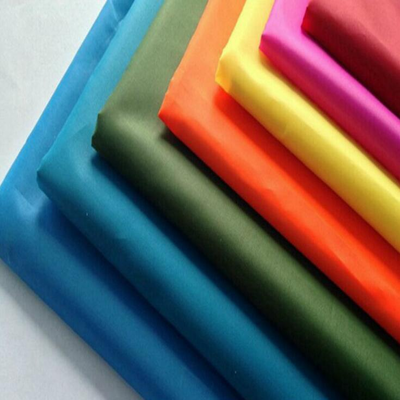|
Cover materials, especially the cover materials of custom hardcover book printing, play a very important role in book printing. The selection of materials is related to the overall binding effect of a book. As the saying goes, “a book sells for a skin”. In short, a good cover can increase the attractiveness of readers and increase the sales of books. On the contrary, it will affect the position of books in the market. Thus, the cover materials of hardcover books are very important.
What are the common hardcover cover materials?
Except paper, we often use other materials for our hardcover book covers, such as textile, leather, timber and so on. In this article, we will focus on four materials used for hardcover book covers.
1.Cardboard
The paperboard used for book printing and book binding mainly includes straw paperboard, rough cover paperboard and thick paperboard. The paperboard is mainly used for the inner core of the hardcover shell, paper or other materials shall be mounted on the outside when in use.
(1)Straw paperboard, also known as yellow paperboard, has good rigidity, low price, but poor toughness. The corners of the paper are easy to be broken, and the book cover is easy to warp. Therefore, it is mostly used for cheapest hardcover book printing.
(2)Rough cover paperboard is made of waste paper pulp. Its rigidity is worse than straw paperboard, but its abrasion resistance and folding resistance are better. Its price is little higher than straw paperboard. It is mostly used for the cover of medium-grade hardcover books.
(3)Thick paperboard is made by high calendering, with dense texture, smooth paper surface and good wear resistance. It is made of waste paper, gunny bags and other materials. Its price is higher than straw paperboard and rough cover paperboard, but it has good abrasion resistance and folding resistance. The bound books are not easy to warp. It is a common material for high-grade hardcover books.
2.Textiles
(1)Silk. Silk fabrics often used as binding materials for luxury book printing. Hardcover books, picture books, gifts and other publications are decorated with fine textile silk, which has unique artistic effects. Such as antique, elegant texture, bright colors, luxury and elegance. It has a long history in the publishing history of our country to use silk to bind books and other publications. As early as the Tang Dynasty, silk began to be used to mount Scrolls for calligraphy and painting. Folded envelopes and covers of thread bound books are also commonly mounted with silk. However, due to the poor suitability of hot stamping, the durability is not as good as other materials, and the price is more expensive, the general books are rarely used now. In the binding process, it is also necessary to finish the silk surface.
(2)Chemical fiber fabric. Chemical fiber is a new book binding material with the rise of chemical fiber textiles. As the price of synthetic fabrics continues to decline, chemical fiber fabrics are used more and more in bookbinding. This kind of fabric has the advantages of good friction resistance, stable size, long service life, acid and alkali resistance and moth resistance. It has become the main material for modern book binding.However, the disadvantage of this material is poor heat resistance. Therefore, great attention should be paid to the bronzing temperature when using it.
3.Artificial leather and PVC.
Artificial leather and PVC coating can be used for scrubbing and hot stamping, which is characterized by convenient processing and low price. Therefore, it is one of the commonly used materials for the cover of hardcover books, especially for the cover of series of books with large consumption, which is often used as the cover of paperback books.
4.Leather.
Leather, as one of the cover materials, is expensive and difficult to process. Generally, this expensive material is used only when the quantity is small and the exquisite version of the collection is required. All kinds of leather have their technical processing and artistic characteristics. When using, it is necessary to pay attention to the characteristics of all kinds of leather.
(1)The pigskin has rough skin lines, and is good at expressing rough, crazy and powerful literary language;
(2)Sheepskin is soft and delicate, but easy to wear;
(3)Cow leather is hard and tough, but it is difficult to process. It is suitable for large format design.
|
|



